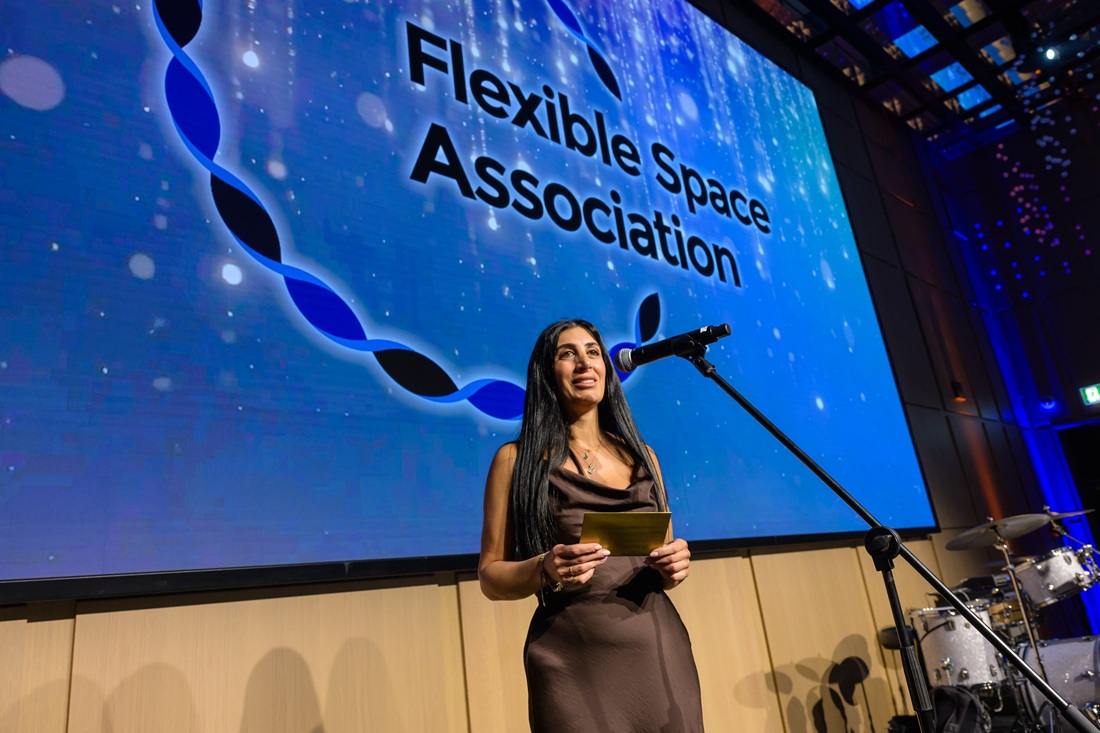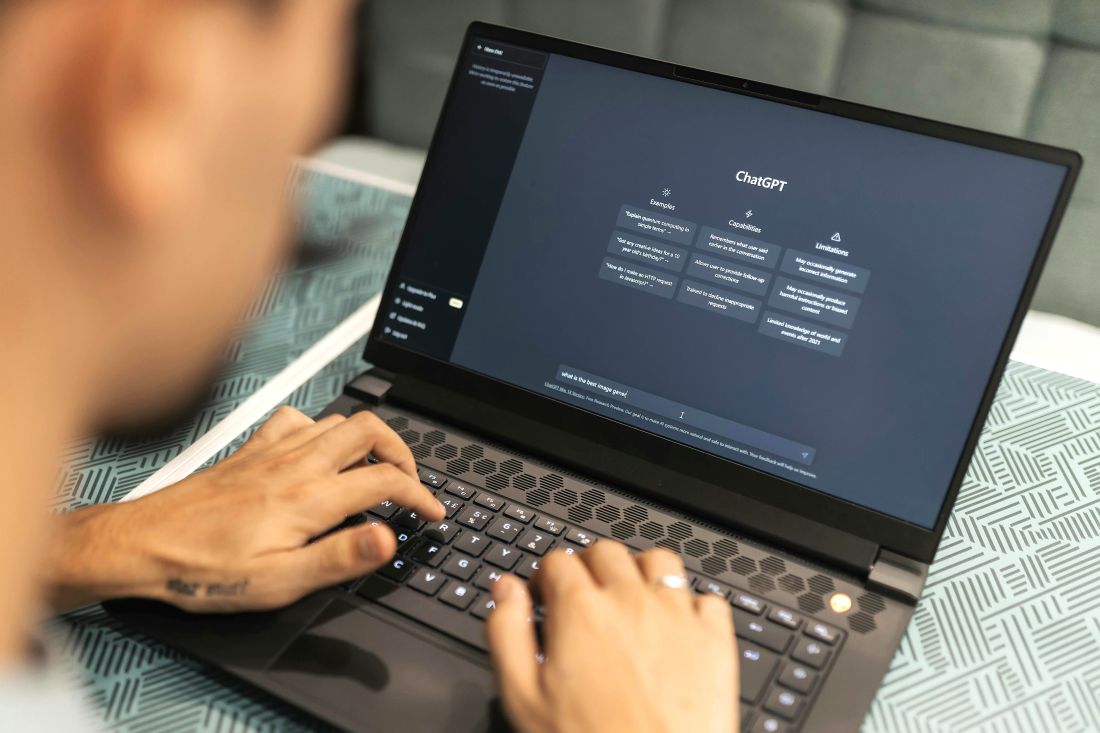Meeting rooms are central to the daily operations of many businesses. They are often where teams host clients, discuss ideas and make crucial decisions. As a result, the environment must promote focus, clear thinking and effective communication.
Poor design choices can hinder performance and productivity. However, a thoughtfully designed space does more than create a professional impression.
In our experience, the best meeting rooms support both in-person and virtual discussions. They also reflect the company's brand and values and offer flexibility to accommodate a variety of meeting formats.
Step 1: Determine How You Will Use the Meeting Room
Before you begin designing the space, it’s essential to decide how you intend to use it. Meeting rooms can serve a range of functions, from client presentations to team brainstorming sessions or one-to-one meetings.

Each use requires a different set-up, technology, layout and furniture. For example, when hosting clients, a meeting room should feel formal and organised. In contrast, collaborative sessions benefit from open layouts, interactive technology and movable furniture.
We’ve found that effective meeting rooms are often designed with a purpose in mind. However, in smaller offices, they must be multi-functional. Many serviced offices combine video conferencing facilities, adaptable furniture and temporary partitions, allowing the space to be adapted to different needs throughout the day.
Step 2: Understand Design Restrictions for the Office Space You Rent
The type of office space you are renting will determine how much control you have over the design of your meeting room. It will also influence whether you need to allow for extra time and costs.
• Serviced Offices
Serviced offices typically offer access to fully furnished meeting rooms that include modern technology. They are included in the monthly fee package and will be set up and ready for use.
This saves both time and money and is ideal for businesses looking to begin working in a new office quickly.
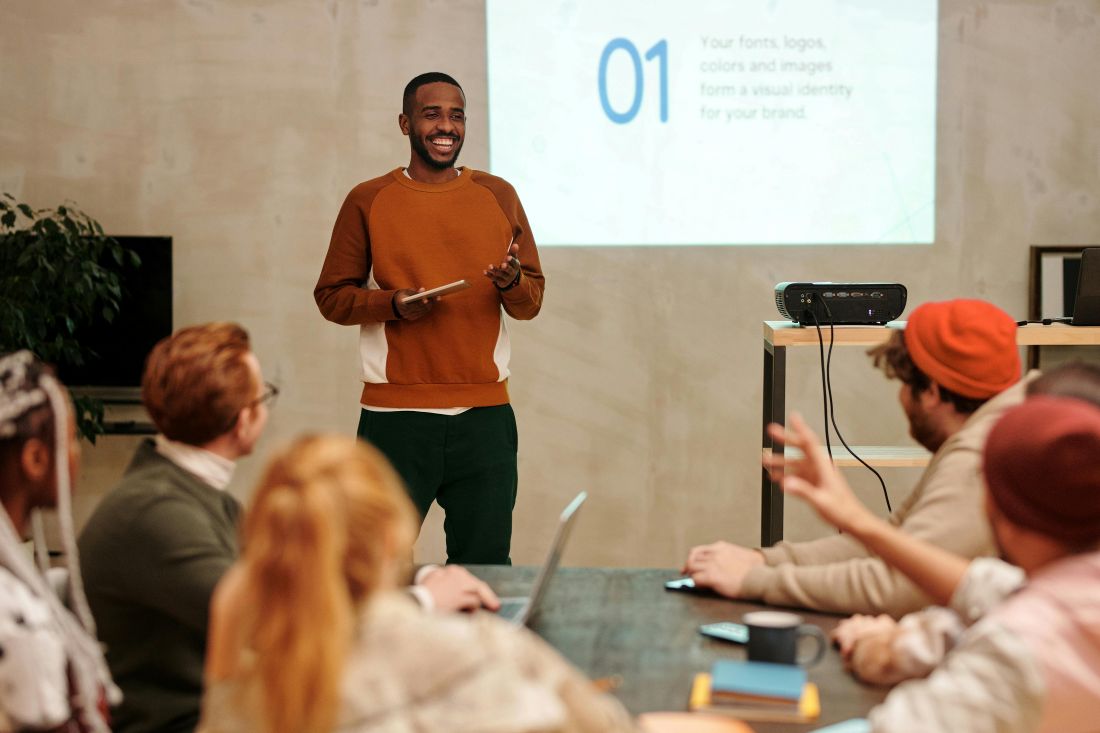
Meeting rooms in serviced workspaces are typically shared among tenants; however, some providers offer dedicated, private spaces. Generally, any structural changes are not permitted; however, companies can personalise the rooms with décor.
• Managed Offices
Managed office spaces are still managed by the provider, and meeting spaces are usually included within the monthly cost. However, they offer greater flexibility, enabling businesses to customise layouts, furniture, and branding in meeting rooms.
• Traditional Leased Spaces
When renting a traditional leased space, organisations have complete control and creative freedom. This means meeting rooms can be tailored to suit their business needs entirely. However, this comes with higher upfront costs, as the company is responsible for organising the fit-out and management of the space.
Step 3: Customise Your Layout with Furniture and Partitions
The layout of a meeting room affects how people communicate and interact. Boardroom-style layouts are best suited to formal meetings and presentations where organisation and a clear focus point are key. On the other hand, modular or circular tables foster collaboration, participation and open discussion.
Ergonomic furniture, such as adjustable chairs and desks or varied seating options, ensures everyone is comfortable. This is particularly important during long meetings, as it helps to prevent fatigue and keeps employees engaged.
Temporary partitions can be used to divide large rooms into smaller zones. This supports training sessions, one-to-one meetings or focused work. It is an ideal solution for serviced offices, especially where customisation is limited. We’ve noticed that glass partitions are particularly popular, offering privacy while maintaining a bright, open atmosphere.
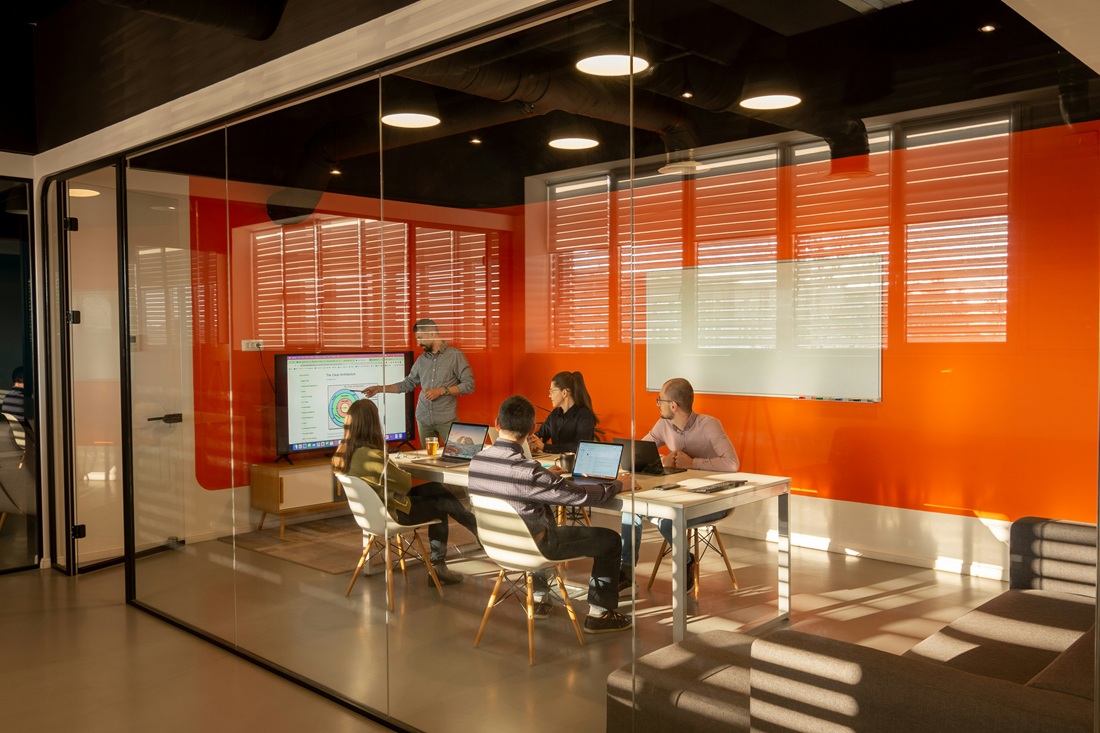
Step 4: Add Lighting and Soundproofing Features
When choosing an office space to rent, many businesses overlook lighting and acoustics within meeting rooms. Natural light is essential for focus, wellbeing and productivity. Therefore, meeting rooms should be designed with windows or glass partitions to allow light to enter.
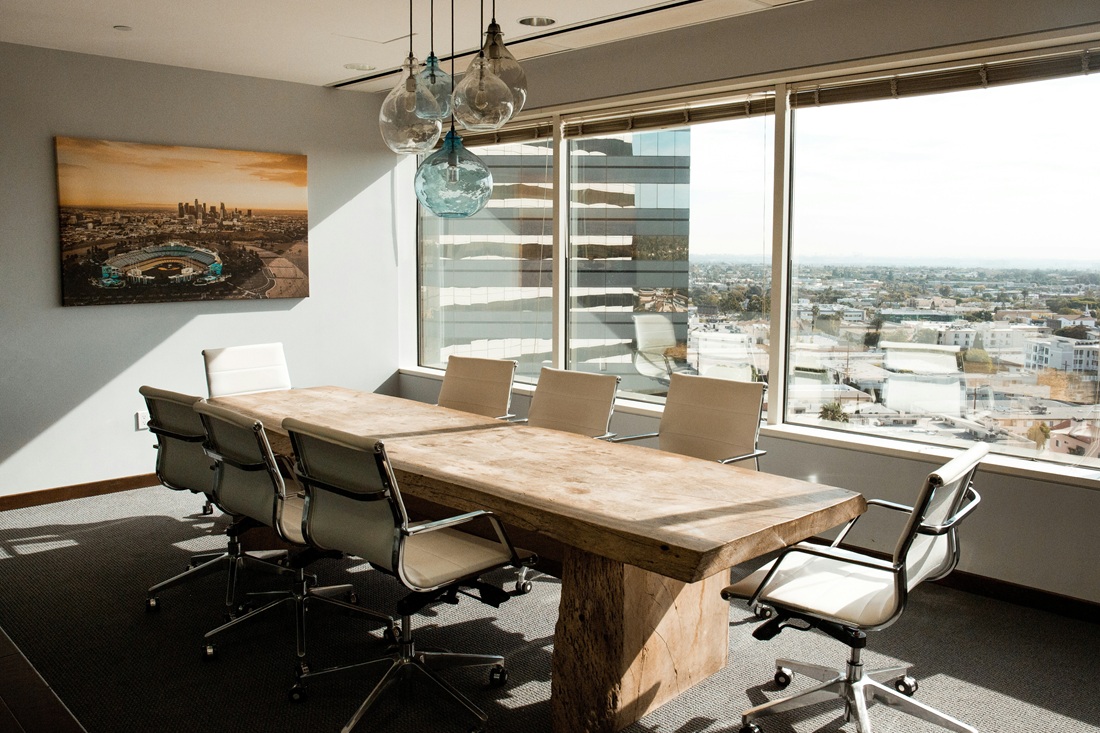
Where this isn’t possible, it’s important to use lighting that creates a comfortable environment. We’ve noticed that many serviced offices provide LED lighting systems with adjustable brightness and colour temperature controls. This allows the meeting room to be adapted for different purposes or to suit individual and team needs.
A quieter space helps to reduce distractions and allows people to communicate more effectively. Soundproofing can be built into walls, ceilings and floors, while acoustic panels and soft furnishings also help to absorb noise. This is particularly useful for video calls and confidential meetings.
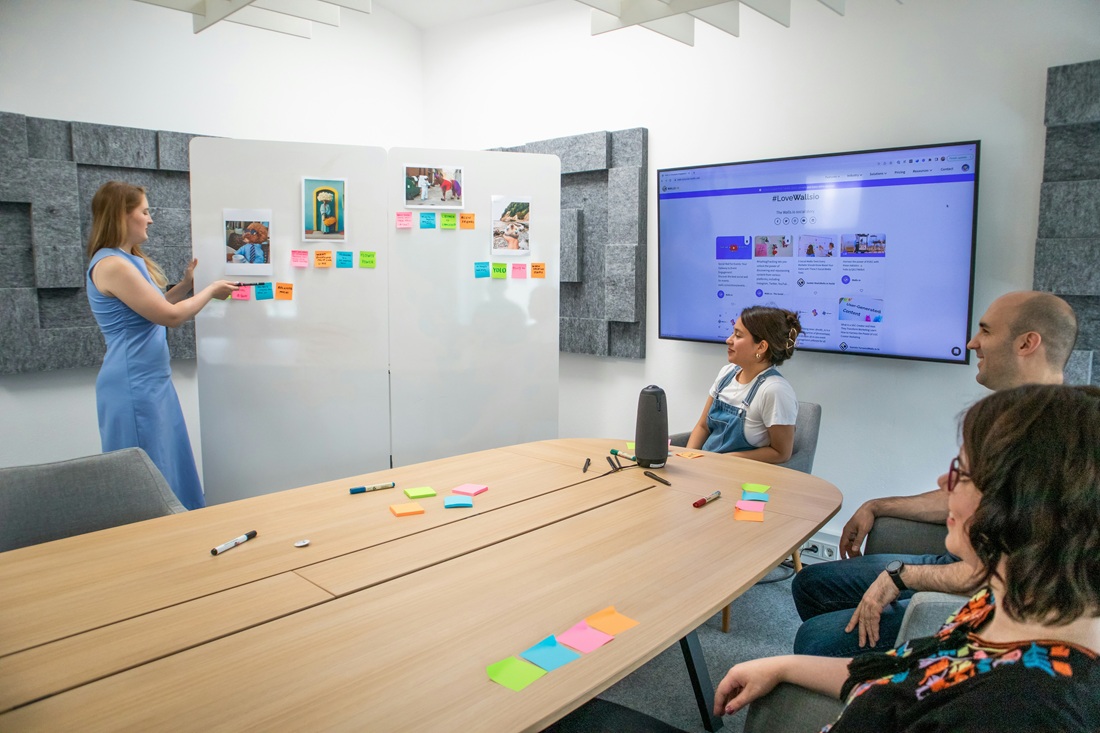
Step 5: Incorporate Smart Technology Tools
Technology is crucial for modern meeting rooms, especially with the rise of hybrid working. Fast, reliable Wi-Fi and video conferencing tools are non-negotiable, ensuring teams stay connected wherever they are based. Most serviced offices are equipped with these features, allowing for seamless transitions between remote and office work.
Other useful tools include interactive whiteboards, AI-driven transcription tools, and wireless screen-sharing, which help make meetings more efficient and collaborative. Smart booking systems allow teams to reserve meeting rooms easily, while sensors can automate temperature, lighting and ventilation.

Voice-activated technologies and captioning software help to create a more inclusive space, ensuring every employee can contribute effectively.
Step 6: Decide on Colour Schemes, Décor and Design Styles
The look and feel of a room can significantly impact how people think and behave. Our clients tell us that every detail matters, from colour to texture. Here are some of the ways you can create a more thoughtfully designed meeting room.
• Choose a design style that fits your company
Whether you prefer a minimalist, modern style or a classic, traditional look, your design style should align with your business values and culture. This may include incorporating period features into your meeting room's design, such as exposed brickwork or fireplaces.
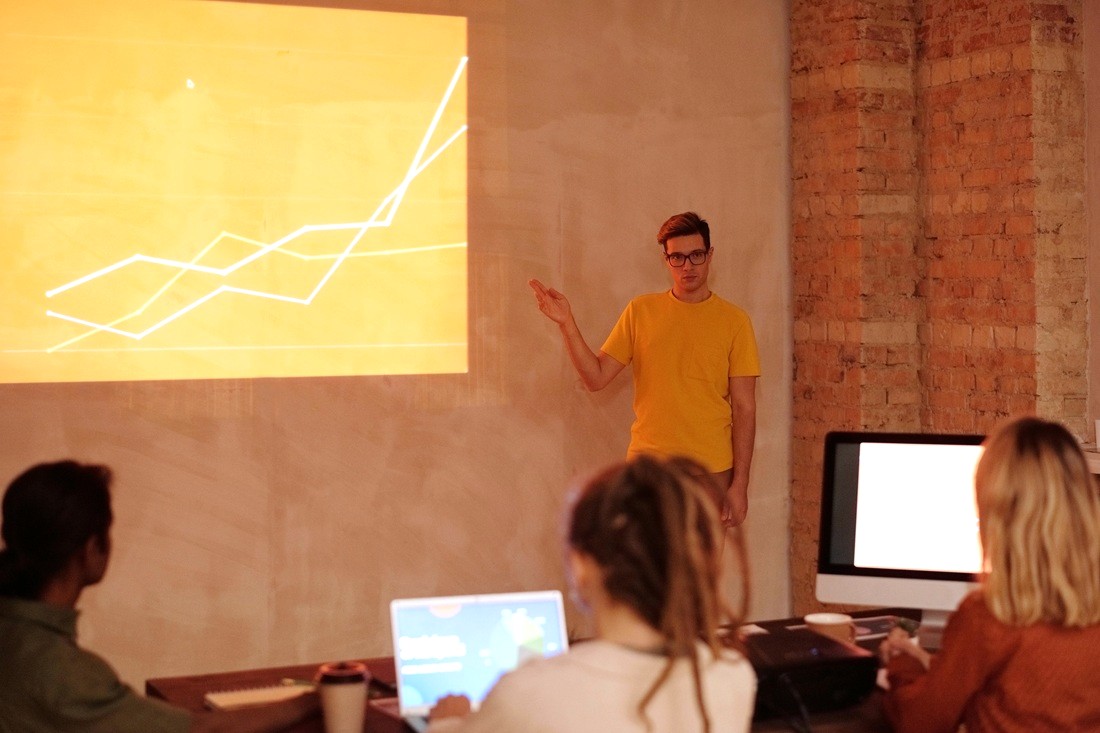
• Use colour to improve focus and mood
Choosing the right colour scheme helps to set the tone of a space and can influence mood. It is thought that blue promotes focus and calmness, yellow boosts energy and inspiration and green supports creativity and balance.
When viewing serviced offices, we’ve found that neutral colour schemes work best for client-facing meeting rooms as they help to reduce distractions and create a calm, professional atmosphere. In contrast, vibrant colours can feel more energising, which is ideal for brainstorming and collaborative sessions.
• Add greenery to boost wellbeing
We’ve noticed that more employers are seeking office spaces and meeting rooms which are designed to enhance the wellbeing of their employees. Adding plants, greenery, and living walls can create a more inviting, engaging atmosphere. These features also improve air quality and help reduce stress during busy workdays.
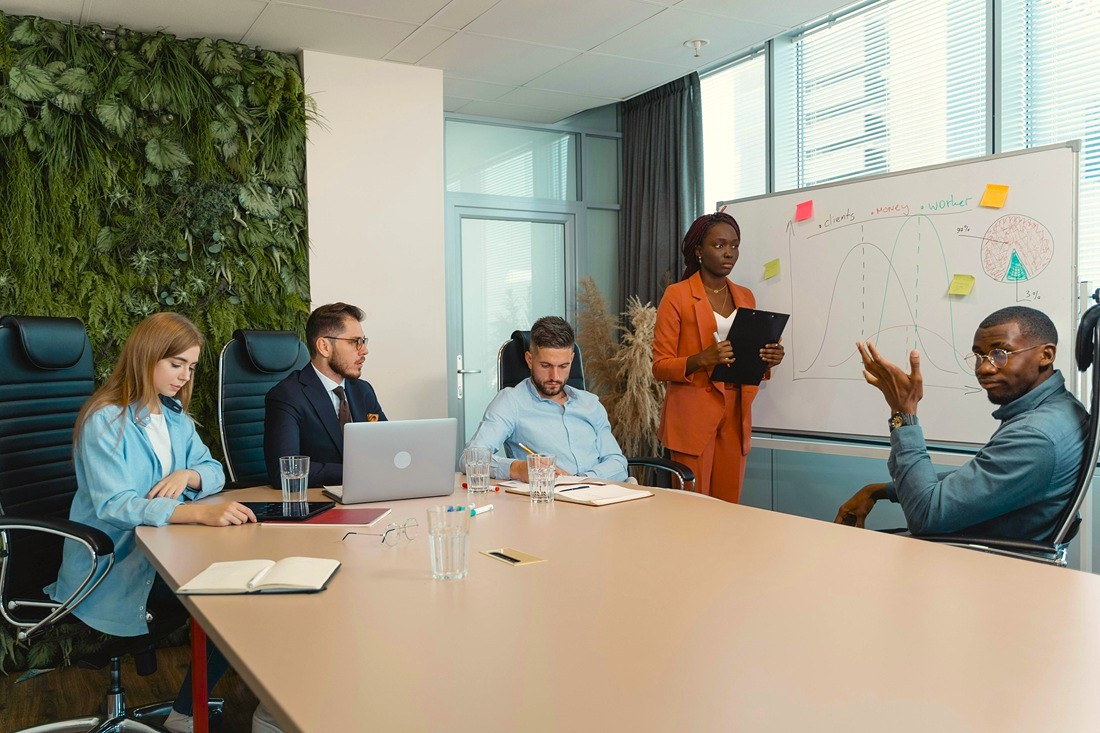
• Incorporate texture and materials
As well as greenery, other biophilic features, such as natural materials, can also transform a space. Wood creates a feeling of warmth, whilst glass and marble make a space feel more modern. Soft furnishings provide a more relaxed, comfortable environment, perfect for creative collaboration and long meetings.
• Reflect your brand with décor
Adding branded signs, artwork, and other décor helps to create a cohesive meeting space. This promotes a sense of belonging among staff and helps them feel more connected to the company’s values. It also conveys a strong brand identity during client meetings, thereby improving reputation and credibility.
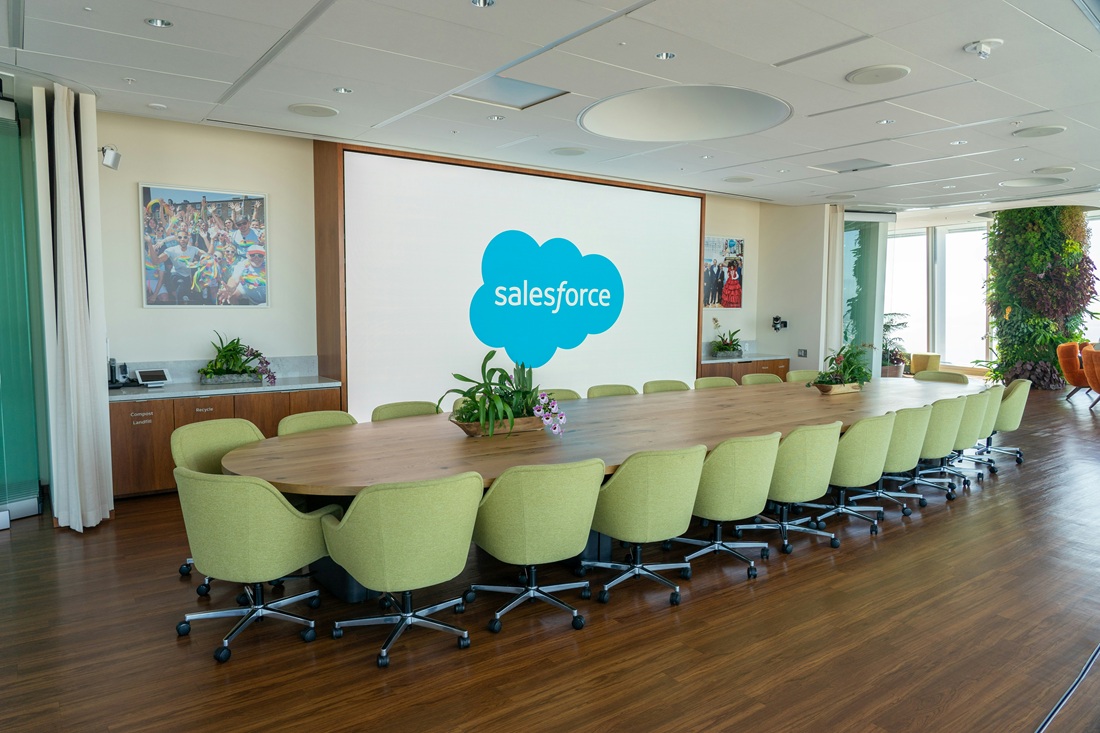
The most effective meeting rooms strike a balance between comfort, functionality and design. By understanding how you intend to use the space, businesses can successfully create a meeting room that improves focus and collaboration.
At FreeOfficeFinder, our team have visited serviced workspaces across London and the UK. We’ve helped businesses of all sizes rent office space with meeting rooms that align with their brand identity and support business needs. These spaces are designed to boost productivity and enhance meetings from the day you move in.



